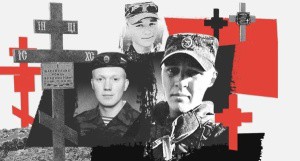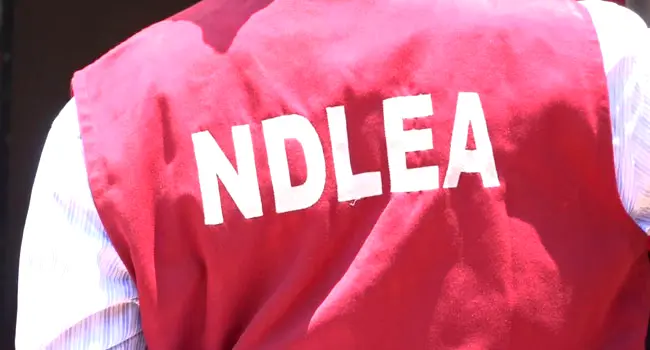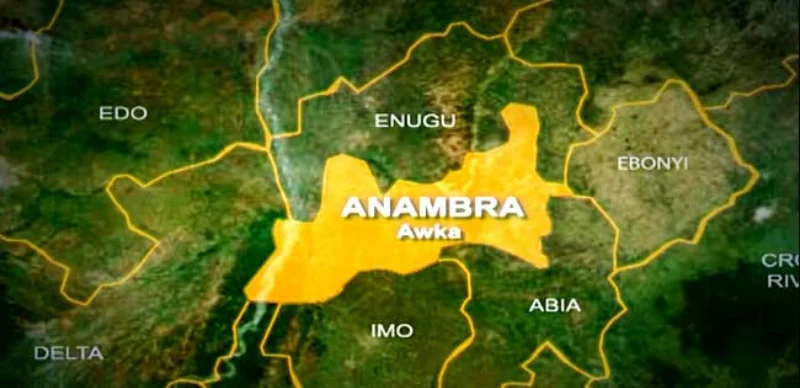50,000 Russian Soldiers Confirmed Dead – BBC

Russia’s military death toll in Ukraine has now passed the 50,000 mark – the BBC can confirm.
In the second 12 months on the front line – as Moscow pushed its so-called meat grinder strategy – we found the body count was nearly 25% higher than in the first year.
BBC Russian, independent media group Mediazona and volunteers have been counting deaths since February 2022.
ANew graves in cemeteries helped provide the names of many soldiers.
Our teams also combed through open-source information from official reports, newspapers and social media.
More than 27,300 Russian soldiers died in the second year of combat – according to our findings – a reflection of how territorial gains have come at a huge human cost.
Russia has declined to comment.
The term meat grinder has been used to describe the way Moscow sends waves of soldiers forward relentlessly to try to wear down Ukrainian forces and expose their locations to Russian artillery.
The overall death toll – of more than 50,000 – is eight times higher than the only official public acknowledgement of fatality numbers ever given by Moscow in September 2022.
The actual number of Russian deaths is likely to be much higher.
Our analysis does not include the deaths of militia in Russian-occupied Donetsk and Luhansk – in eastern Ukraine. If they were added, the death toll on the Russian side would be even higher.
Ukraine, meanwhile, rarely comments on the scale of its battlefield fatalities. In February, President Volodymyr Zelensky said 31,000 Ukrainian soldiers had been killed – but estimates, based on US intelligence, suggest greater losses.
Meat grinder tactics
The BBC and Mediazona’s latest list of dead soldiers shows the stark human cost of Russia’s changing front-line tactics.
The graph below shows how the Russian military suffered a sharp spike in the number of deaths in January 2023, as it began a large-scale offensive in the Donetsk region of Ukraine.
As Russians fought for the city of Vuhledar it used “ineffective human-wave style frontal assaults”, according to the Institute for the Study of War (ISW).
“Challenging terrain, a lack of combat power, and failure to surprise Ukrainian forces”, it said, led to little gains and high combat losses.
Another significant spike in the graph can be seen in spring 2023, during the battle for Bakhmut – when the mercenary group, Wagner, helped Russia capture the city.
Wagner’s leader, Yevgeny Prigozhin, estimated his group’s losses around that time to be 22,000.
Russia’s capture of the eastern-Ukrainian city Avdiivka last autumn also led to another surge in military deaths.
Counting graves
Volunteers working with the BBC and Mediazona have been counting new military graves in 70 cemeteries across Russia since the war started.
Graveyards have been expanded significantly, aerial images show.
Another mother says she only found out her husband had been taken from prison to the battlefield when she tried to contact him about the death of their son, who had also been fighting.
The woman, who we are calling Alfiya, says her 25-year-old son Vadim – a father of twins – had never held a weapon before being mobilised.
She says she couldn’t tell her husband Alexander about their son’s death because he had been “taken away” to fight. She only found out he had gone via a phone call from another inmate.
Alexander grew up in Ukraine and had family there – says Alfiya – and he knew it was “a lie” that Russia had invaded Ukraine to fight fascism. When army recruiters first came to the prison “he sent them to hell,” she says.
Some seven months after the death of her son, Alfiya was informed that Alexander had also been killed.
‘Be ready to die’
When working for Wagner, prison inmates were typically contracted for six months. The fighters – if they survived – would then be given their freedom at the end.
But, since last September, under the defence ministry, enlisted prisoners must fight until they die or the war is over – whichever comes first.
The BBC has heard recent stories of prisoners asking relatives to help them buy proper uniforms and boots. There have also been reports of inmates being sent to fight without proper kit, medical supplies or even Kalashnikov guns.
“Many soldiers had rifles that were unsuitable for combat,” writes Russian war supporter and blogger Vladimir Grubnik, on his Telegram channel.
“What a foot soldier should do on the front line without a first aid kit, a spade to dig in a trench and with a broken rifle is a big mystery!”
Grubnik – who is based in Russian-occupied eastern Ukraine – claims when commanders found out that some guns were “completely broken” they said it was “impossible” for them to be replaced.
“The rifle was already assigned to the person, and the harsh military bureaucracy couldn’t do anything about it.”
Former prisoners have also described the high price paid by their comrades.
“If you sign up now, be ready to die, mate,” says Sergei, in an online forum for Storm fighters and their relatives, where information is shared.
He claims to be a former inmate who has been fighting in a Storm unit since October.
Another forum member says he joined a Storm platoon of 100 soldiers five months ago and is now one of just 38 still alive.
“Every combat mission is like being born again.” (BBC)








